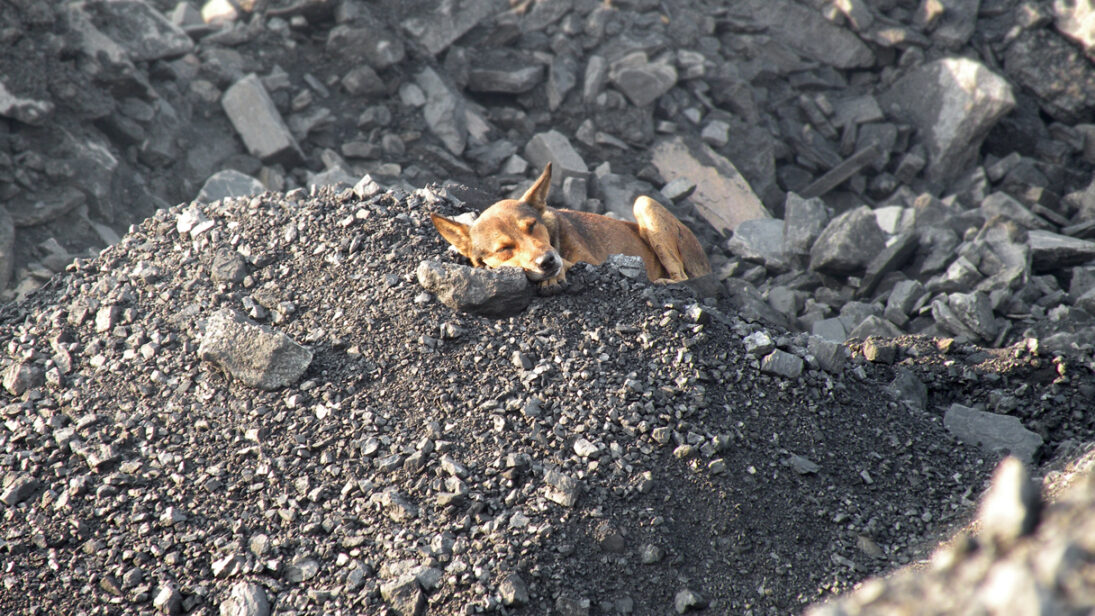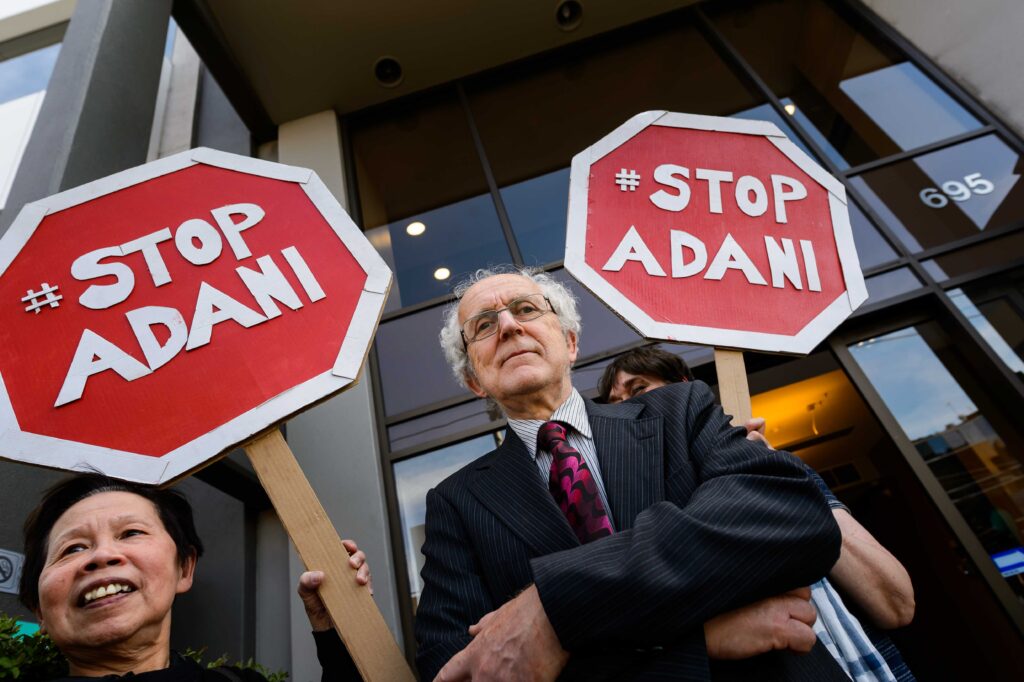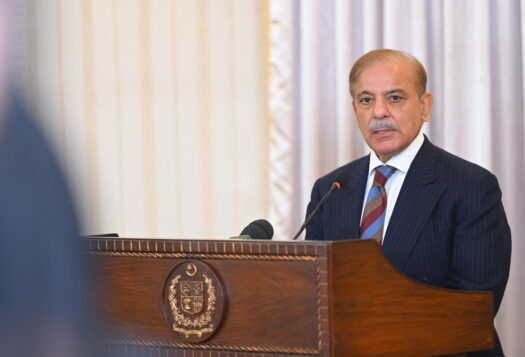
Hindenburg Research released a report in January 2023 accusing the Adani Group, one of Asia’s largest companies, of stock manipulation and corporate fraud. Days after the Adani Group acquired the Israeli port of Haifa, its stock plunged over $100 billion—losing half its market value. While Adani denied these allegations—terming them an “attack on India”—these developments carry significant geopolitical implications for South Asia.
China has dotted South Asia with infrastructure projects through its Belt and Road Initiative (BRI). Large investments through the BRI are possible due to the nature of the Chinese political economy, which can marshal state capital to foreign shores without needing private sector buy-in. As a regional competitor, India has responded to Chinese foreign investments with its own foreign investments, albeit differently from China’s model. India cannot match the BRI dollar-for-dollar or in scale. As a result, India has increasingly turned to its private sector for assistance.
Several companies, such as the Adani Group—a multinational corporation dealing in energy and transport—have seemingly answered the government’s call. Their investments in South Asia have led some to label the CEO, Gautam Adani, as India’s solution to Chinese influence in the region. Commentators like Kanti Bajpai argue that the Modi government’s strategy against China “needs an Adani” to succeed.
Like Chinese projects, Adani’s private investments are viewed with similar mistrust by host nations, who perceive the projects as advances by a seemingly overbearing Indian state.
Like Chinese projects, Adani’s private investments are viewed with similar mistrust by host nations, who perceive the projects as advances by a seemingly overbearing Indian state. However, misperceptions between India and host nations are likely based on a shaky convergence of interest between the Indian state and its private sector. To help counter Chinese influence in South Asia, India must facilitate foreign direct investment by private sector firms while disabusing false claims that companies act as tools of India’s foreign policy establishment. Providing increased incentives for partnership-based projects with local companies in host countries might be one way to achieve this balance.
Chinese and Indian Investments
Unsustainable debt is a recurring feature of Chinese BRI investments. The phrase “debt-trap diplomacy” is frequently used in the media to describe Chinese loans and investments. When Sri Lanka’s Hambantota port was leased to China for 99 years following Colombo’s inability to repay loans, hundreds of locals clashed with the Sri Lankan police in protest. While many blame China for inducing Sri Lanka to default in April 2022, domestic factors undeniably played a significant role.
Despite this, a general sentiment of blaming China still prevails. Shanakiyan Rasamanickam, a Sri Lankan legislator, threatened to start a “China go home” campaign if Beijing did not agree to write off or restructure Sri Lanka’s debt. Segments of the citizenry have expressed dissatisfaction with mounting Chinese debt of over $7.4 billion, with minor domestic protests erupting in December 2022. While such protests are not new, rising debt may perpetuate public dissatisfaction with international investors.
In the past, Indian state-run companies spearheaded infrastructure diplomacy in South Asia. However, India’s domestic battles with poverty and weak infrastructure opened space for the private sector to lead India’s foreign investment portfolio and keep up with China’s robust network of state-owned enterprises.
Adani has been touted as crucial to India’s strategy due to his close links with PM Modi. After Modi’s rise to power, Adani’s fortunes skyrocketed by over 200 percent as his company won several government contracts for projects under Modi’s mass privatization drive. The links are not singularly economic – Modi flew on Adani’s private jet during his general election campaign in 2014.
Allegations emerged that India was pushing foreign governments to approve Adani’s contracts. In June 2022, a document surfaced where the Chief of Sri Lanka’s electricity board discussed how Adani was handed over a power project at the behest of the Indian government. Both governments immediately denied it, and the electricity-board chief in question later withdrew his claim and “resigned.” Such developments negatively affected Indian projects’ reception in host countries, which now associate them with an overbearing and paternalist Indian state.
This is not the first controversial large-scale Adani project in Sri Lanka. In 2019, the group was contracted to develop and operate the East Container Terminal at Colombo Port. Samantha Custer argued that India possessed “a vested interest in having one of its own companies build a port terminal close to China’s port project.” The project was later canceled in 2021 by the Rajapaksa government and replaced with a contract for the West Container Terminal.

Additionally, like Chinese projects, Adani’s undertakings are also met with protests and allegations of exploitation. The Sri Lankan East Container project was scrapped primarily due to large-scale protests against the alleged “Indian government pressure” from local trade unions whose workers threatened to strike indefinitely. In June 2022, in response to local legislation that reduced competition while allocating wind and solar projects, the Ceylon Electricity-Board Engineer’s Union threatened a strike, citing specifically their displeasure over Adani being awarded contracts to projects in Mannar and Pooneryn. Angry that the projects were being “gifted” to Adani, the Union demanded that the Sri Lankan government allow greater competition in the tender process. The signage at the protests, reminiscent of the aforementioned “China go home” remark, read “Stop Adani.”
Adani had announced plans to export electricity from the Godda coal-fired power station in Jharkhand in response to Bangladesh’s energy crisis. However, analysts have argued that Bangladesh was being gouged, buying Adani’s electricity at nearly five times the local price. This has not been received well in Bangladesh, whose Power Development Board recently demanded that the agreement be revised. Here, resentment against Adani might impact the perception of future Indian investments, something the latter seems to have recognized, with the Ministry of External Affairs quickly disavowing any ties between the project and the government.
Untangling India’s Foreign Investment Portfolio
Beyond the questionable efficacy of Adani’s projects in furthering the Modi government’s diplomacy, it is difficult to verify whether these projects possessed such a motivation originally. Prima facie, they appear to result from a mere coincidence in interests. Tim Buckley argues that the plant being built to facilitate the energy deal with Bangladesh was a way to prop up Adani’s controversial Carmichael coal mine in Australia. In a Financial Times interview, Adani characterizes his projects as rational business deals that also help India’s interests, clarifying that “we [Adani Group] don’t do the role of a country.”
Adani’s relationship with PM Modi may be based on a similar coincidence. Journalist RN Bhaskar, the author of Adani’s biography, attributes Adani’s rise to him balancing political relationships well. Bhaskar argues that if the opposition party came to power tomorrow, Adani would be equally as likely to be close to them.
The inclusion of Adani in India’s strategy against the BRI seems to have created a stalemate rather than a checkmate. In the face of the historic challenge of being seen as an overbearing “big brother,” India should allay such fears by reaffirming the hosts’ autonomy through incentivized partnerships between those like Adani and local companies in host nations. The provision of incentives will also shift the government’s relationship from a shaky coincidence of interests to one that is reliable.
In the face of the historic challenge of being seen as an overbearing “big brother,” India should allay such fears by reaffirming the hosts’ autonomy through incentivized partnerships between those like Adani and local companies in host nations.
This would also bring more interest from the rest of India’s private sector and increase competition, which is important because any attempts by the Indian government to woo Adani must be wary of the amount of power they concentrate in his hands. Given the Hindenburg allegations and concerns over crony capitalism, India ought to ensure that it does not lose domestic integrity to corporate influence while chasing economic goals abroad, creating negative downstream implications for its foreign policy.
***
Click here to read this article in Urdu.
Image 1: Indian coal mine via Flickr
Image 2: Stop Adani via Flickr


